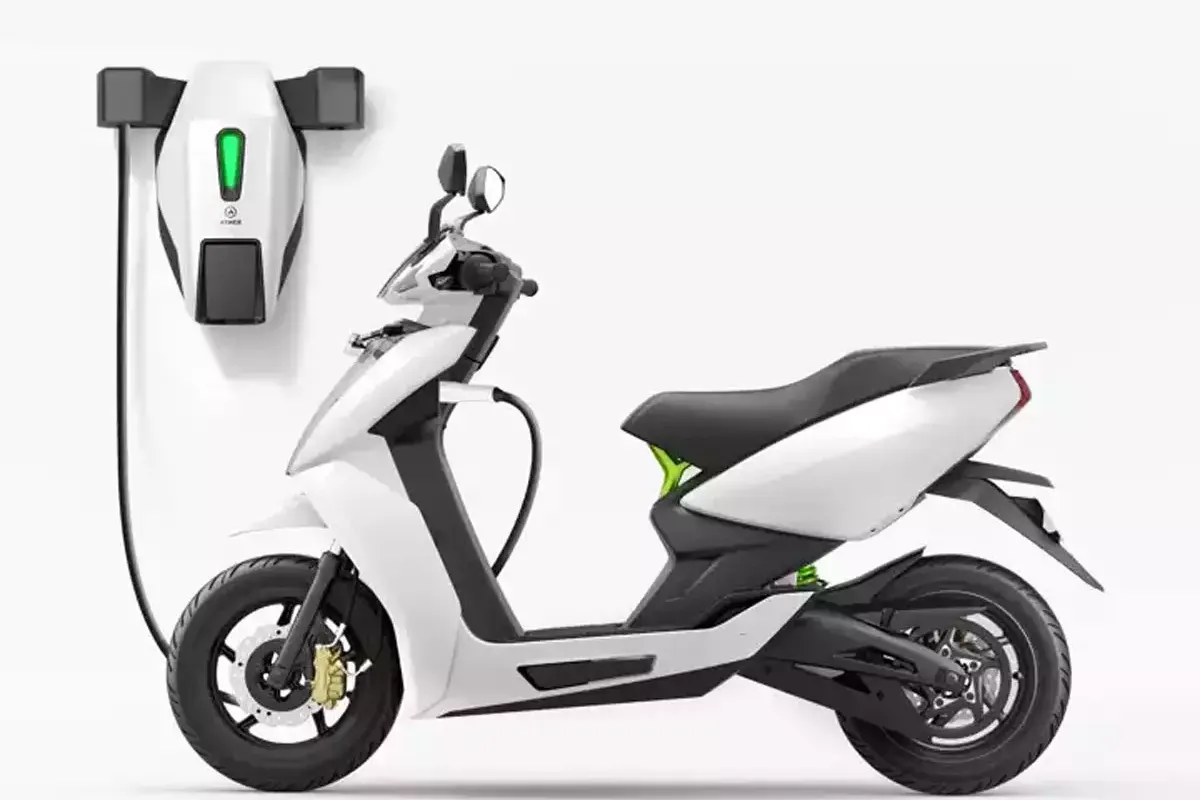The Indian electric two-wheeler (e2W) market is shifting gears, recording an impressive 33.3% sales jump in FY24. This surge is fueled by a growing desire for eco-friendly transportation, government support, and a wider range of e2W options from both established and new players.
Market Leaders and Growth
Ola Electric emerged as a dominant player in the market, accounting for nearly one-third of all electric two-wheelers sold in India in the last fiscal year. The company experienced exceptional growth, nearly doubling its sales to over 3 lakh units, with a strong performance throughout the financial year. Established companies like TVS Motor Company, Bajaj Auto, and Hero MotoCorp also made significant strides in market share during FY24. TVS secured the second position, witnessing a substantial increase in sales and capturing a fifth of the market share. Hero MotoCorp saw exponential growth, while Bajaj Auto crossed the one lakh unit mark in e2w sales. Ather Energy also recorded impressive growth, surpassing the one lakh unit mark and competing closely with Bajaj in sales figures.
Challenges Faced by Some OEMs
Despite the overall growth in the electric two-wheeler market, certain major OEMs like Okinawa, Hero Electric, and Ampere encountered challenges in FY24. Their sales numbers declined significantly due to subsidy rollbacks and policy uncertainties.
New Policy and Subsidy Changes
The Indian government’s transition from the FAME scheme to the new Electric Mobility Promotion Scheme 2024 (EMPS) has introduced some uncertainty. The EMPS offers lower subsidies and a shorter validity period compared to FAME. This impacted some major e2W manufacturers like Okinawa, Hero Electric, and Ampere, whose sales dipped in FY24.
EV manufacturers have also raised concerns regarding the EMPS’s recertification process, fearing delays and operational challenges. Additionally, the fate of vehicles manufactured before the scheme’s implementation but not yet sold remains unclear, as they might not qualify for the lower subsidies.
Industry Remains Optimistic
Despite the subsidy changes, the Indian e2W industry remains optimistic. This optimism stems from the significant reduction in manufacturing costs due to economies of scale and falling battery prices. Battery costs currently account for only a third of the production cost, compared to half in previous years. This cost reduction, coupled with increasing consumer demand, is expected to propel the e2W market forward even with lower subsidies.
